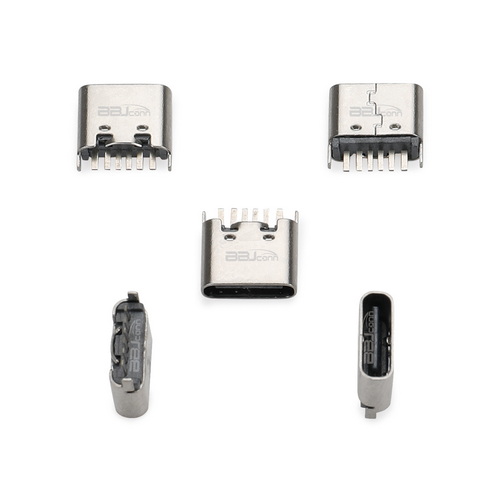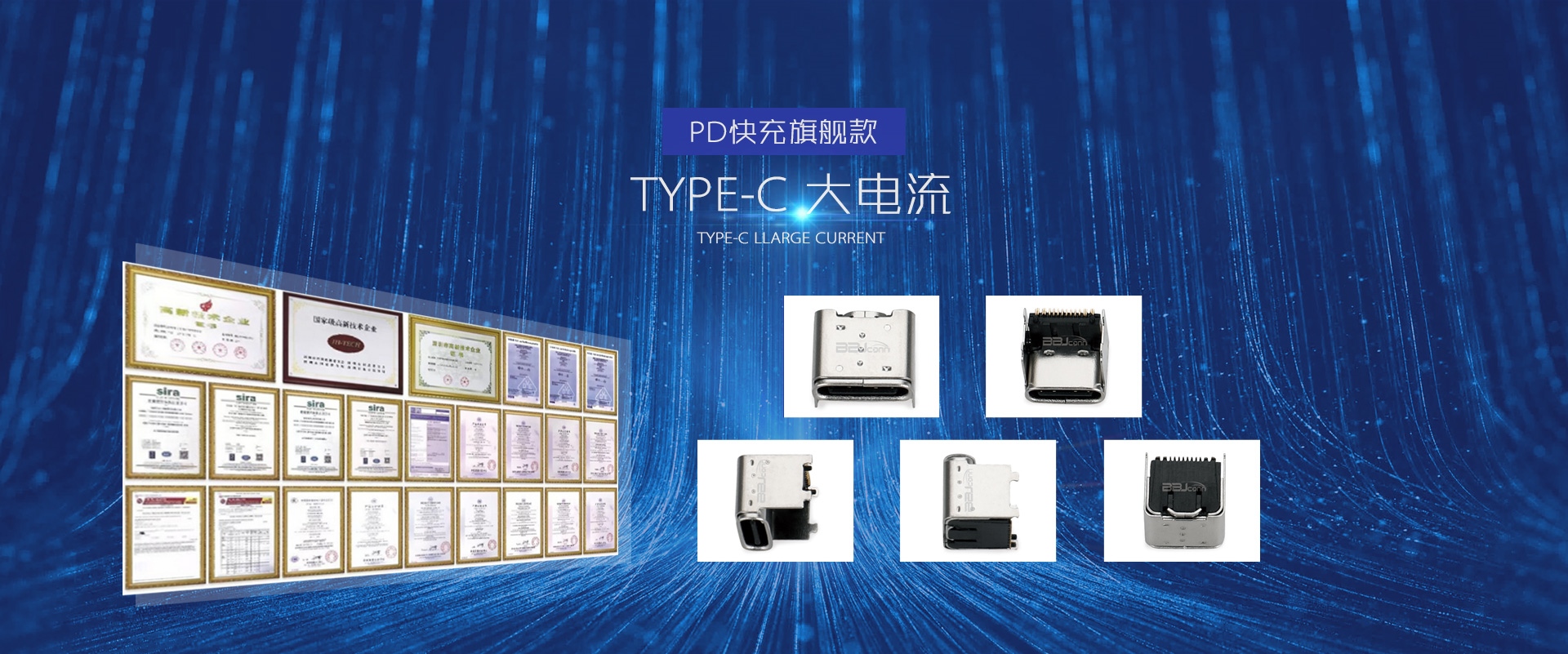In-Depth Analysis: LaptopsType-C interface technical requirements and applications
With the continuous development of technology, laptop computer interfaces are also constantly updated and iterated, andType-C interfaceAs a new interface standard, it has gradually become the mainstream choice in notebook computers.The popularity of the Type-C interface is of great significance to the performance and functionality of laptops. Therefore, understanding the technical requirements of the Type-C interface is crucial to choosing and using a laptop.
Physical characteristics of Type-C interface
The Type-C interface adopts a new design standard. Compared with traditional interfaces, it has a smaller size, higher transmission rate and stronger carrying capacity. Its physical characteristics include being independent of plug and pull directions and supporting a variety of function expansions. , can transmit data and power at the same time. These characteristics make the Type-C interface the preferred interface standard in modern laptops.
Transmission rate requirements for Type-C interface
The transmission rate of the Type-C interface is one of the important indicators to evaluate its performance. According to the USB 3.2 standard, the transmission rate supported by the Type-C interface can reach 10Gbps or even 20Gbps, which means that users can transfer data faster and watch high-definition videos and play online games, etc. Therefore, when choosing a laptop, users should pay attention to whether the transmission rate of its Type-C interface meets their needs.
Power transmission requirements for Type-C interface
In addition to data transmission,The Type-C interface also has powerful power transmission capabilities. According to the USB Power Delivery (USB-PD) standard, the Type-C interface supports power transmission up to 100W, which can provide sufficient power support for laptops. This allows users to The -C interface connects to an external power adapter to quickly charge a laptop, and can also be connected to external monitors, storage devices and other peripherals to expand more functions.
Function expansion requirements for Type-C interface
The Type-C interface can not only transmit data and power, but also supports a variety of function expansions, such as video output, audio output, Ethernet connection, etc. Through the Type-C interface, users can connect an external monitor or projector to achieve high-definition video output; You can also connect headphones or speakers to enjoy a high-quality audio experience; you can even connect to a wired network through an adapter to achieve a more stable network connection. Therefore, when choosing a laptop, users should pay attention to the functional expansion supported by its Type-C interface Whether it meets your needs.

Compatibility requirements for Type-C interface
becauseType-C interface is a new interface standard, so when choosing a laptop, users should also pay attention to the compatibility of its Type-C interface. A good Type-C interface should be compatible with a variety of devices and interface standards, such as USB 2.0, USB 3.0, Thunderbolt 3, etc., thus ensuring that users can have stable connections and communications with various external devices. At the same time, users should also pay attention to the version of the Type-C interface and choose laptops that support newer standards to ensure the future compatibility and availability.
To sum up, understandThe technical requirements of the Type-C interface are crucial to the selection and use of laptops. A good Type-C interface should have good physical characteristics, high-speed transmission rate, strong power transmission capability, rich function expansion support and wide compatibility characteristics, thereby providing users with a stable, efficient, and multifunctional interface experience. With the continuous development and popularization of Type-C interface, I believe it will become the mainstream interface standard in future notebook computers, bringing more convenience and more convenience to users. Efficient use experience.
